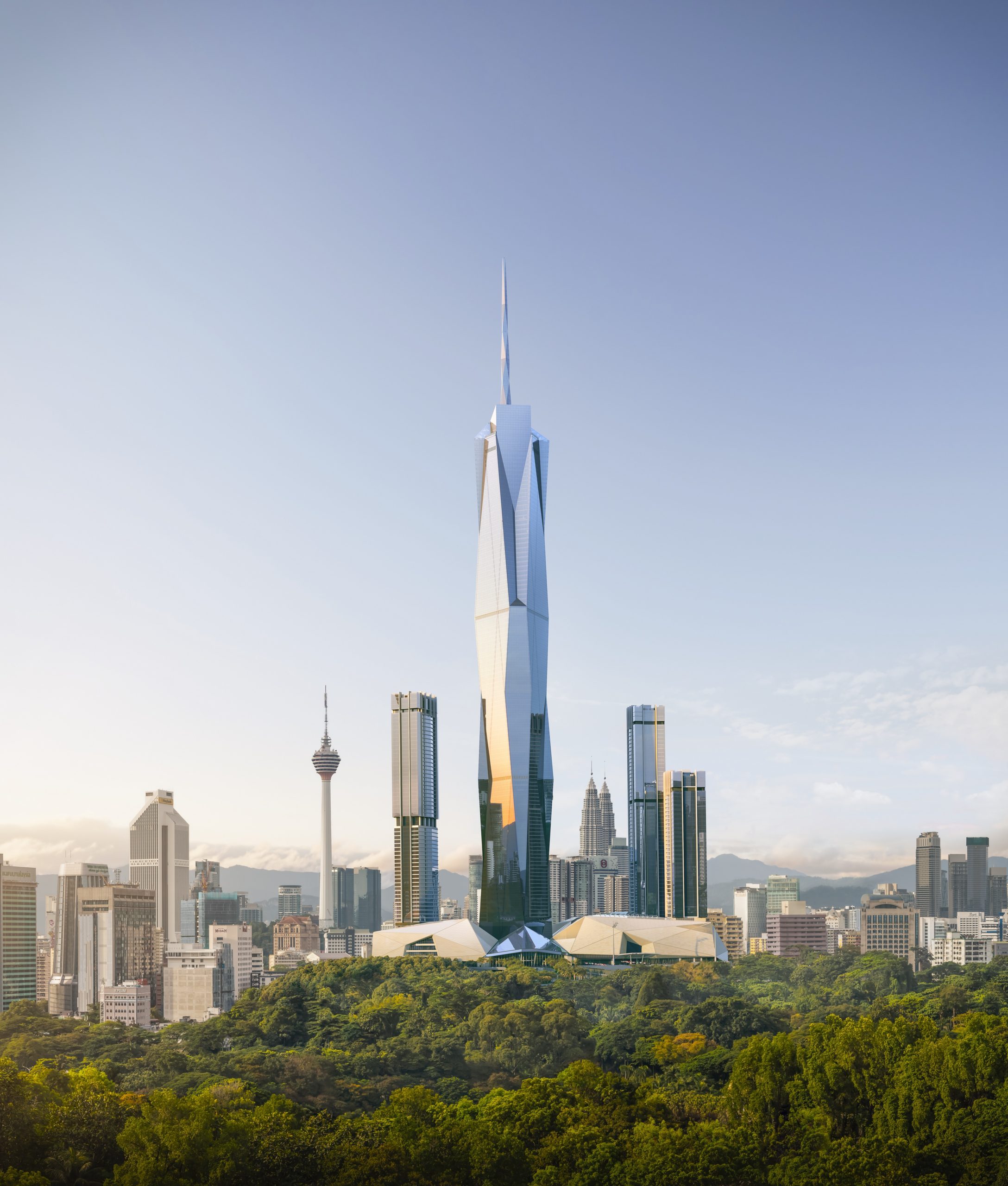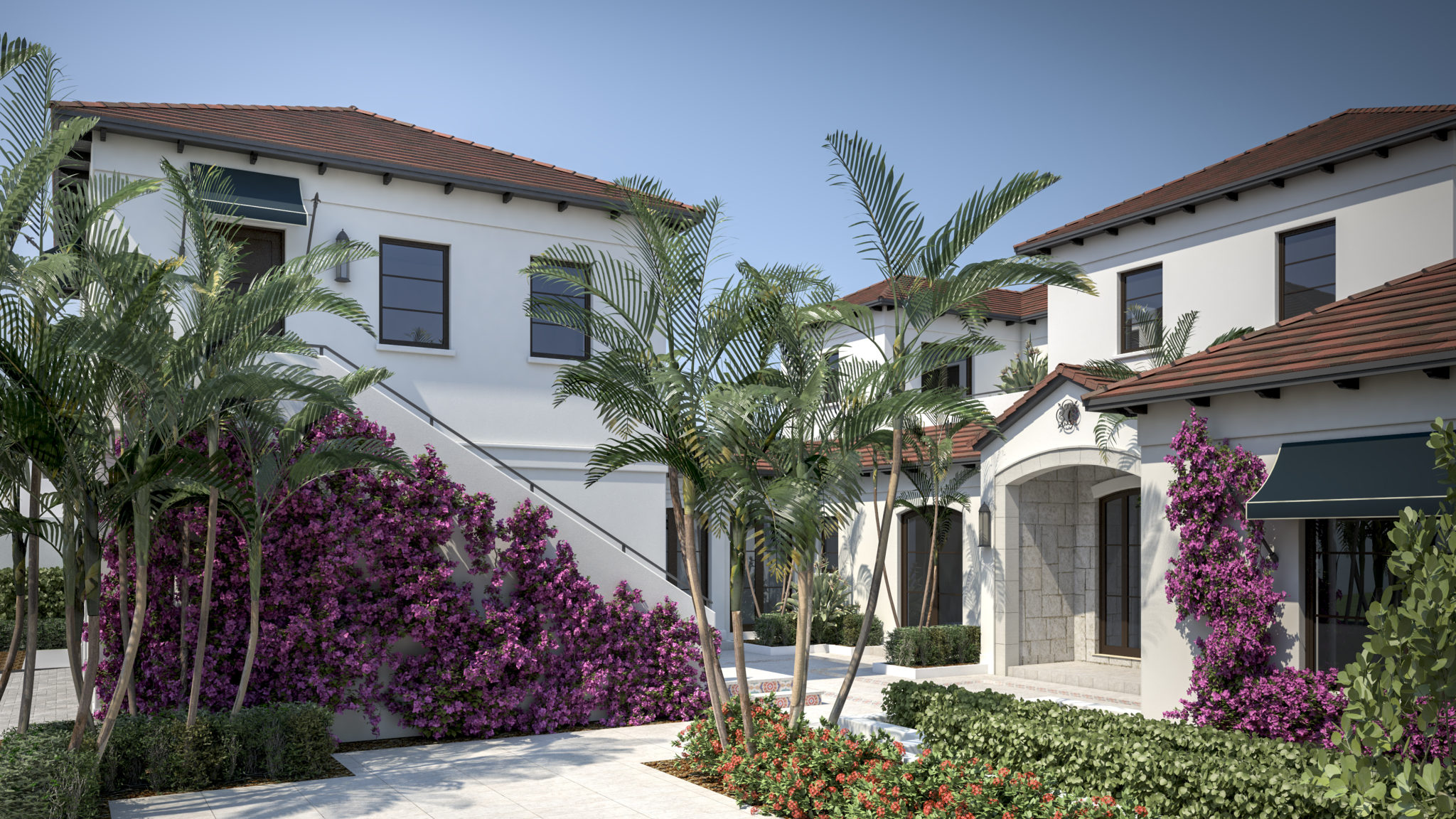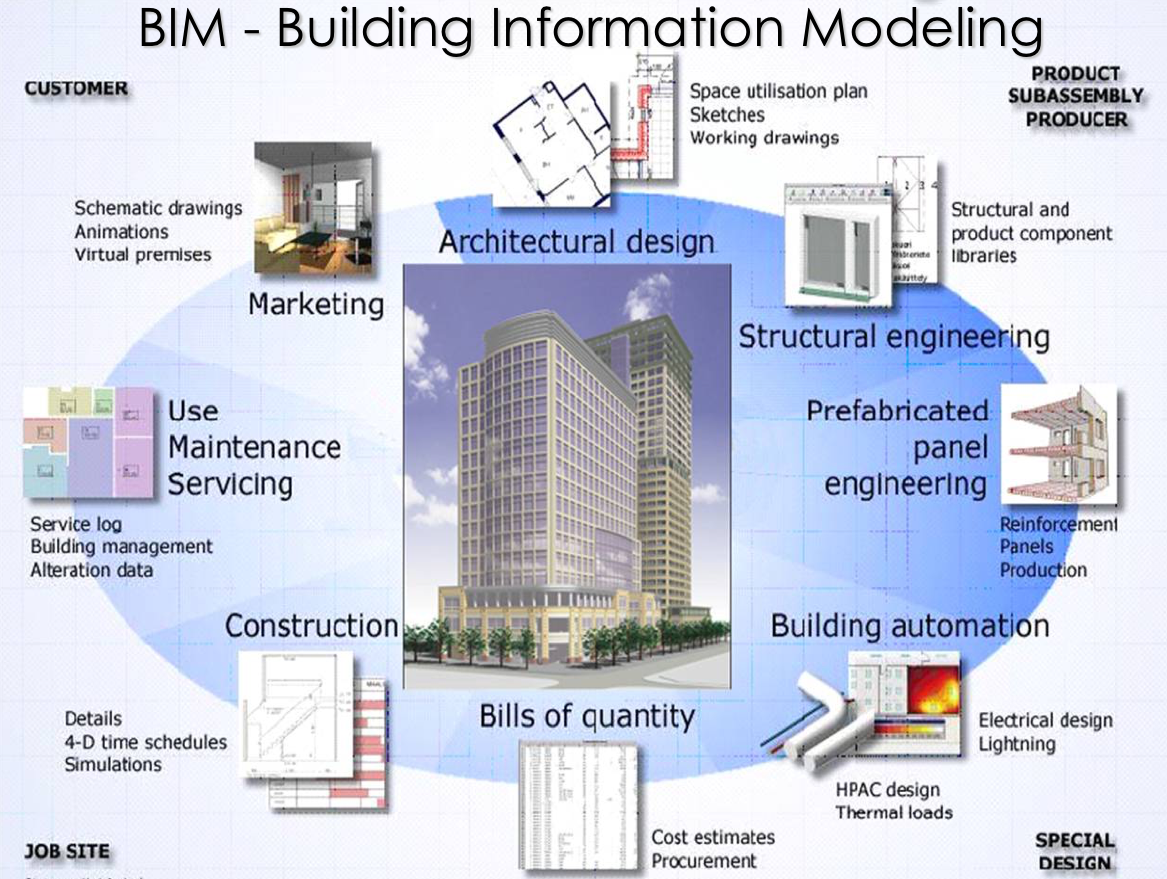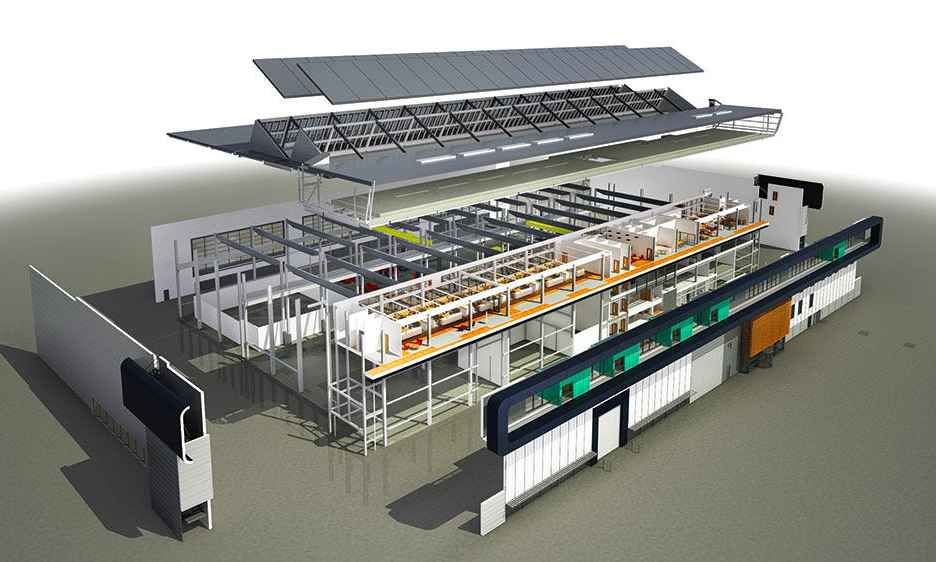The Virtual Building concept is the core technology behind our solutions and embraces the entire building industry while managing all the information associated with a building’s life cycle.
Unlike a simple 3D computer model, Archicad’s Virtual Building contains a great deal more information about the building’s components and their behavioral characteristics. It’s a 3D digital database that tracks all elements that make up a building. This information can include surface area and volume, thermal properties, room descriptions, price and product specs, window & door schedules, plans, sections, elevations and much more. All of this derived from a single file ensures all team members are using accurate and up to date information that is automatically coordinated throughout the entire design/build process.
Another phrase used to describe the Virtual Building concept is Building Information Modeling or BIM. Although this term is relatively new to the industry, the technology has been around for over 20 years within Archicad. Additionally, Building Simulation is another phrase commonly used in the industry that also means the same thing.
The Virtual Building model is useful for all professionals connected to the building industry – architects and residential designers, interior designers, real estate agents, facility managers, estimators, remodelers and marketing staff. Working from the same Virtual Building as the architect, a property manager can easily obtain exact room dimensions and area calculations, present perspective views from any vantage and even invite prospects on a virtual tour of the building. Interior designers can begin working during the planning phase on the same Virtual Building model and integrate their designs. After construction is complete, facility managers are able to use the comprehensive materials list and integrated 3D partition plans to track building assets, modify spaces, track inventory and occupancy.
Another benefit of working with a single Virtual Building is the ability to share and distribute the information within the model. Unlike antiquated drawing sharing techniques like Reference files and XREFS developed over 20 years ago, Archicad’s included BIM Server functionality allows a building’s responsibilities to be divided just as a real project.
Where 2D Xrefs are not natural in a 3D building model environment and merely complicate and restrict the natural flow of architectural deign process, Archicad’s BIM Server was developed from the beginning to work in a 3D virtual building environment. Projects can be divided by individual stories, areas, layers or separate 2D or 3D drawings, title blocks, even details, allowing an almost infinite way to distribute responsibilities.
Additionally, team members do not need to be connected to the network to interact and exchange with the master file residing on the server. This allows the utmost freedom when in the office, on the job site or at the client’s office. Only a simple wi-fi connection is needed to share updates.
And as the project evolves, a variety of data sets can be organized and automatically distributed to the entire team using Archicad’s Publisher. With just the click of a button, an entire set of current project drawings can be outputted in the following formats: DWG, PDF, PLT, DWF, DXF.
This automation allows the entire project team to quickly respond to project changes and client requests that often are discouraged with traditional manual updating and outputting techniques. Most importantly, this efficiency minimizes liability and ensures accurate and up to date drawings are constantly being sent to all team members.
Finally, the Virtual Building dramatically changes the work load and time expenditures on any given project. As opposed to firms using traditional drafting based systems that require considerable time spent revising and drafting lines, the Virtual Building approach forces firms to spend more time in the design and presentation phases. Not only is time spent in the early design phase less expensive with fewer consultants involved than in the tedious construction document phase, but more time is spent on design which is much more rewarding to both the designer and ultimately the client.
Archicad based firms are able to quickly produce impressive presentations at the beginning of the project as opposed to drafting based firms that require an additional fee or software and staff to produce. These early presentations ensure that all team members are clear on the design intent and constructability of the project, while the client is able to make key decisions from the project’s inception and all but eliminate expensive on-site surprises.










